An Introduction Guide to Fashion Photography
Fashion photography often refers to taking images for advertisement purposes for clothing, hair styles, make-up, jewelry, or other fashion related products.
You typically need a team to be a successful fashion photographer. Models, assistants, hair and makeup artists, wardrobe specialist, and just extra sets of eyes and hands in general. When you think of fashion photography, think of high-end stylized photo shoots.
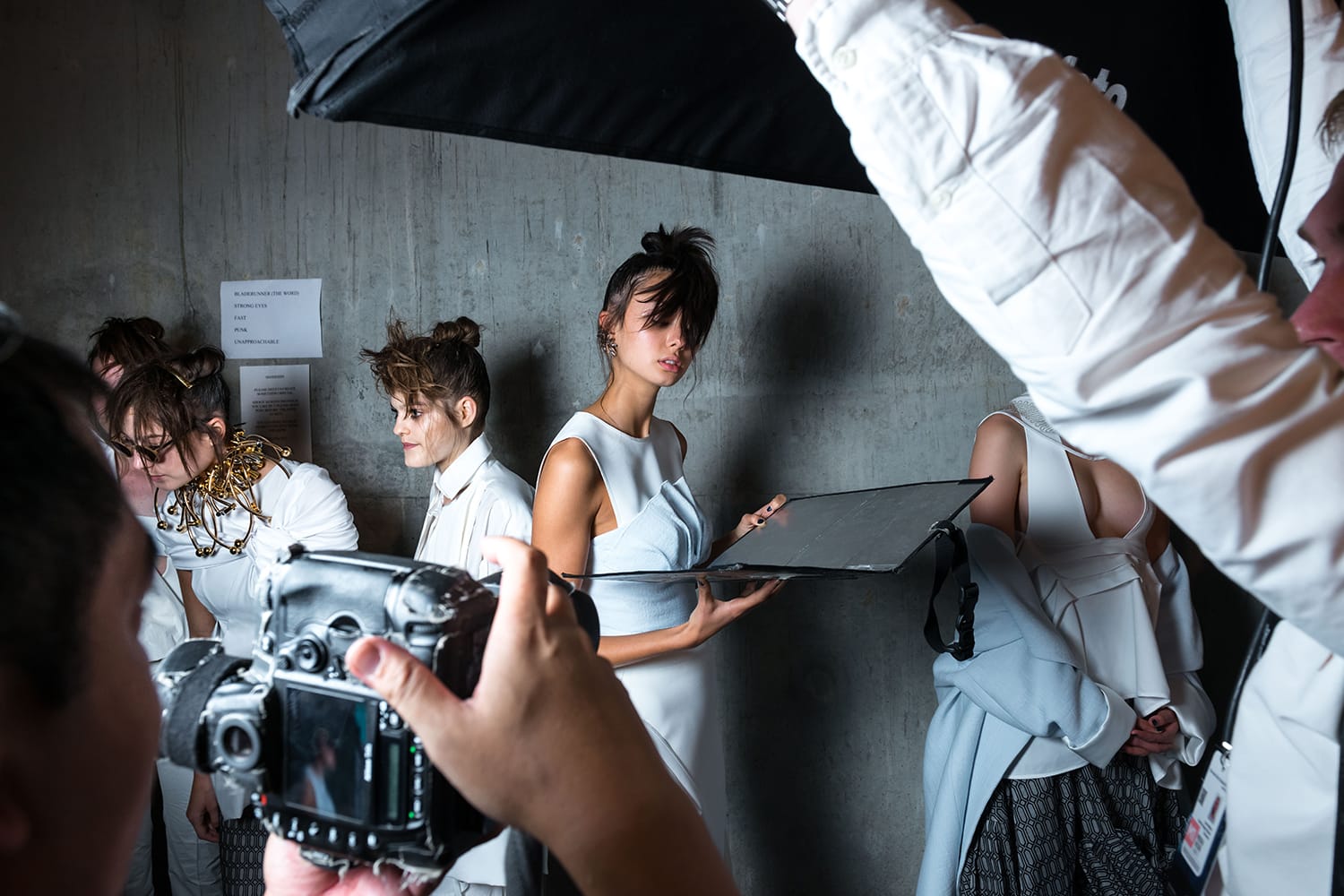
Proper lighting, posing and facial expressions, and creativity all play a part in becoming a successful fashion photographer. A good start would be to look through fashion magazines and websites and note how the photographers draw attention to a certain theme or product to capture the viewers attention. “Boring” just doesn’t cut it in the fashion industry.
Freedom & Control
As a fashion photographer, you usually end up taking direction from a fashion editor or stylist. Taking images for advertisement and editorial purposes is much different than taking portrait photos of a family or children.
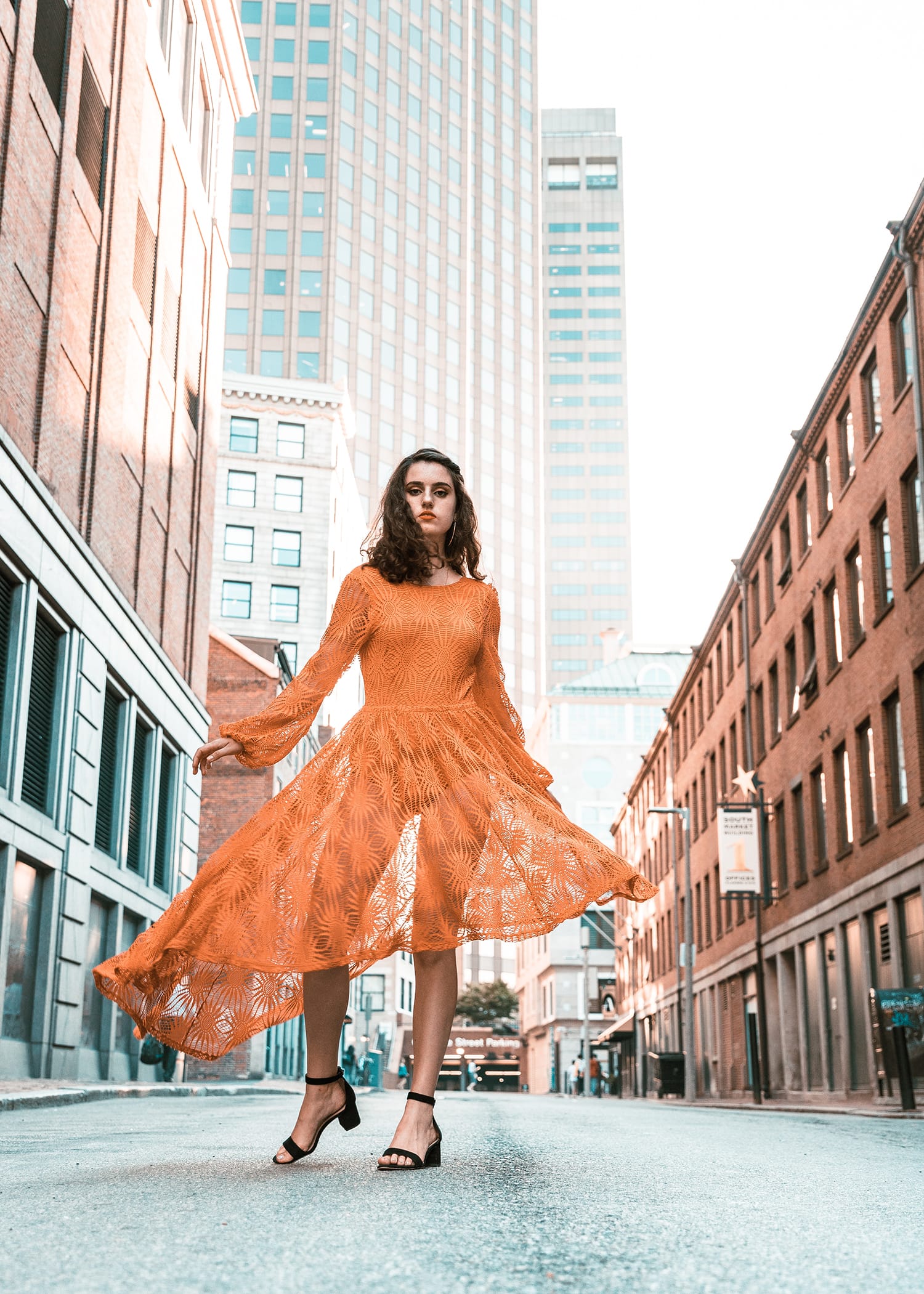
Fashion editors know exactly what they are looking for in a shoot. They usually have their own team of stylists and assistants to work with. As the photographer, you are simply part of the team. You need to be able to communicate with them and understand that what you may think works best, may not for them. Being able to work with/as a team player is vital in the fashion industry.
The Gear
Obviously you need a camera. However, keep in mind that lighting, hair/make-up, and post processing are what makes or breaks a good fashion photo. You will be moving around a lot to get different angles so the less bulkier and heavier, the better.
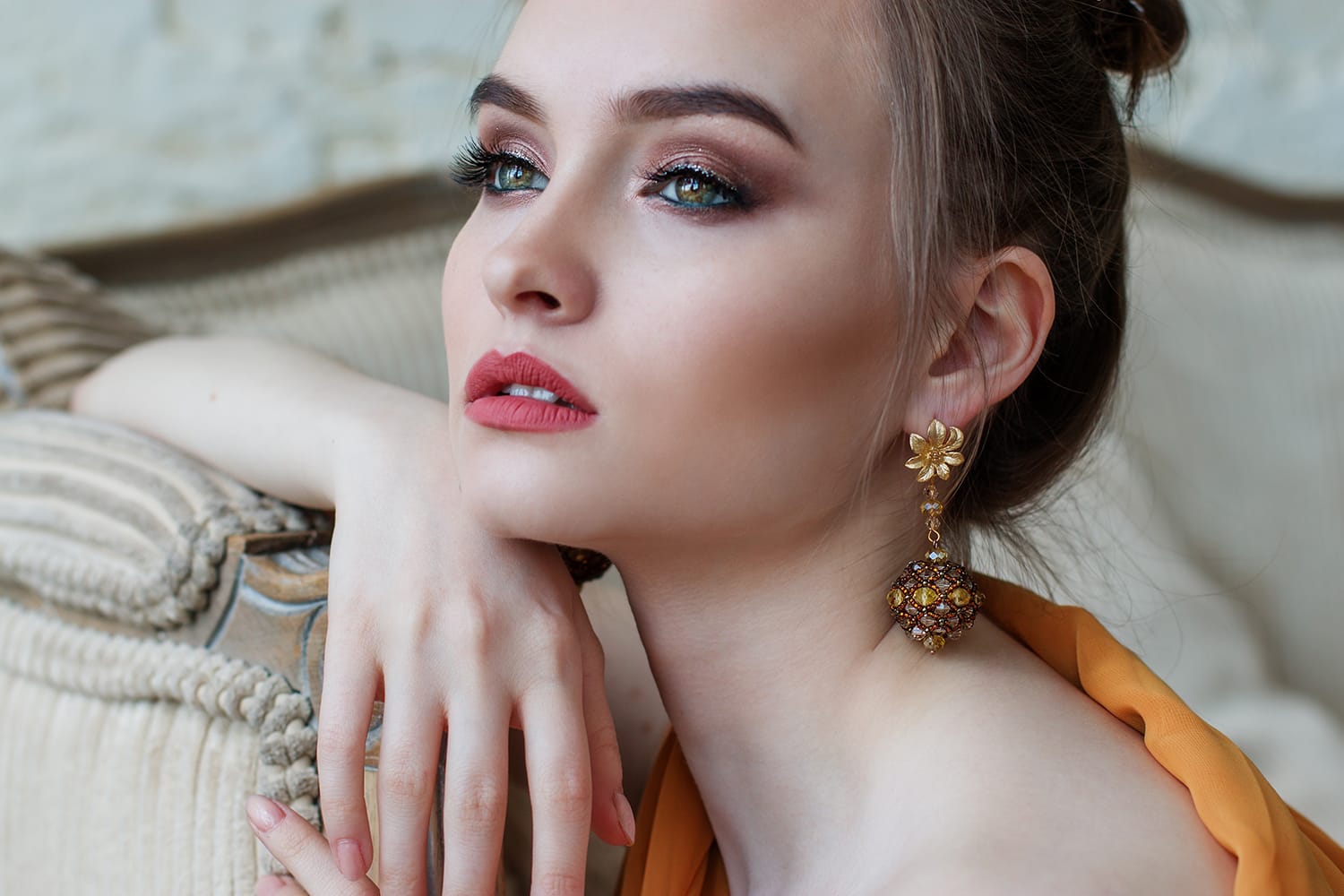
If you can afford it, have a variety of both zoom and prime lenses. Zoom lenses can come in handy if you are a high-end fashion show and need to shoot from a distance. A simple 35mm or 50mm lens is great for shooting in a small studio, though a lot of fashion photographers do like to shoot with a longer 85mm lens for portraits. The best lens for the job will vary depending on the job itself. Just make sure you have at least a few options in your bag to make sure you are covered.
Invest in a speed-light or two. These can be used to bounce light and add fill light when needed. Umbrellas and a light stand or two also need to be included. Lighting is very important in fashion photography. The lighting needs to be flattering to your models and the colors and details need to be on point. Having a few reflectors on hand is a good idea also.
Invest in a variety of backdrops, and make sure you get them in different sizes and colors.
Camera Settings
There isn’t a specific set of settings that you should use in fashion photography. Just as with all photography, it will depend on what and where you are shooting. However, you should consider shooting in RAW. Shooting in RAW will give you much freedom during post processing.
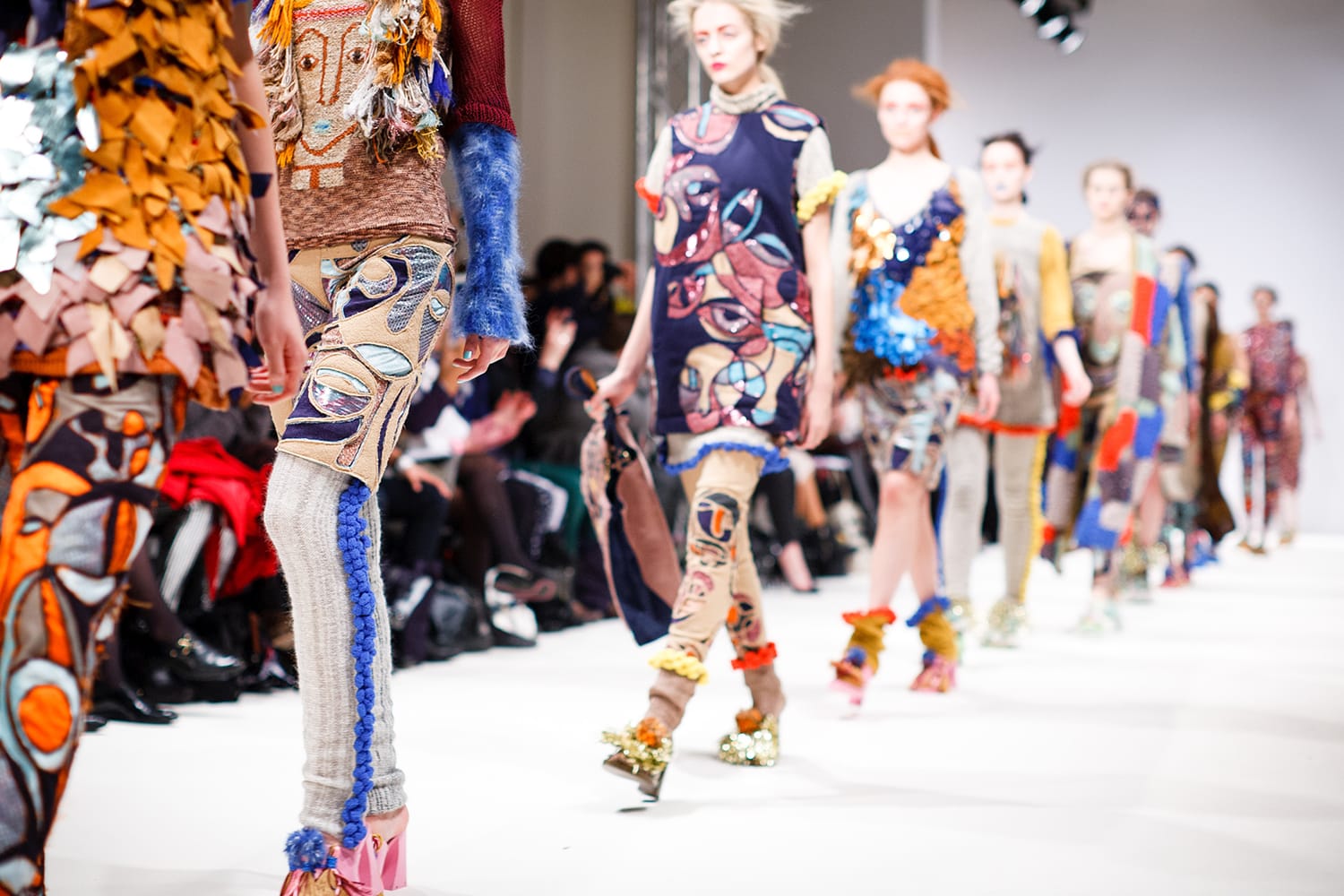
-
Editing:
Editing/Post processing is absolutely necessary in fashion photography. Whether you just need to do minor touch ups to remove blemishes, make white balance adjustments, enhance colors, or do more in-depth creative edits, you need to either know your way around Lightroom or Photoshop or invest in a professional re-toucher to join your team.
-
Assist/Practice:
The best way to learn the ropes of fashion photography is to get out and practice. Offer to assist other fashion photographers for free. This will allow you to see if you are capable of keeping up with the fast pace of working with a team.
-
Build a Portfolio:
Having a portfolio is beneficial regardless of what genre of photography you are shooting. But, it is especially handy with fashion photography. You need to be able to show potential clients and editors what you are capable of.
Get your own team together and seek out a few models. Rent a studio if needed and work towards building a nice gallery of images that show your best work. If you take on jobs as an assistant, ask to use some of your images in your portfolio or galleries.
Even though you will have to follow direction from others when doing an actual photo shoot of a client, your input and advice will also be useful. You need to have a portfolio to show that you have what it takes to get great images that are creative, well posed, eye catching and well lit.
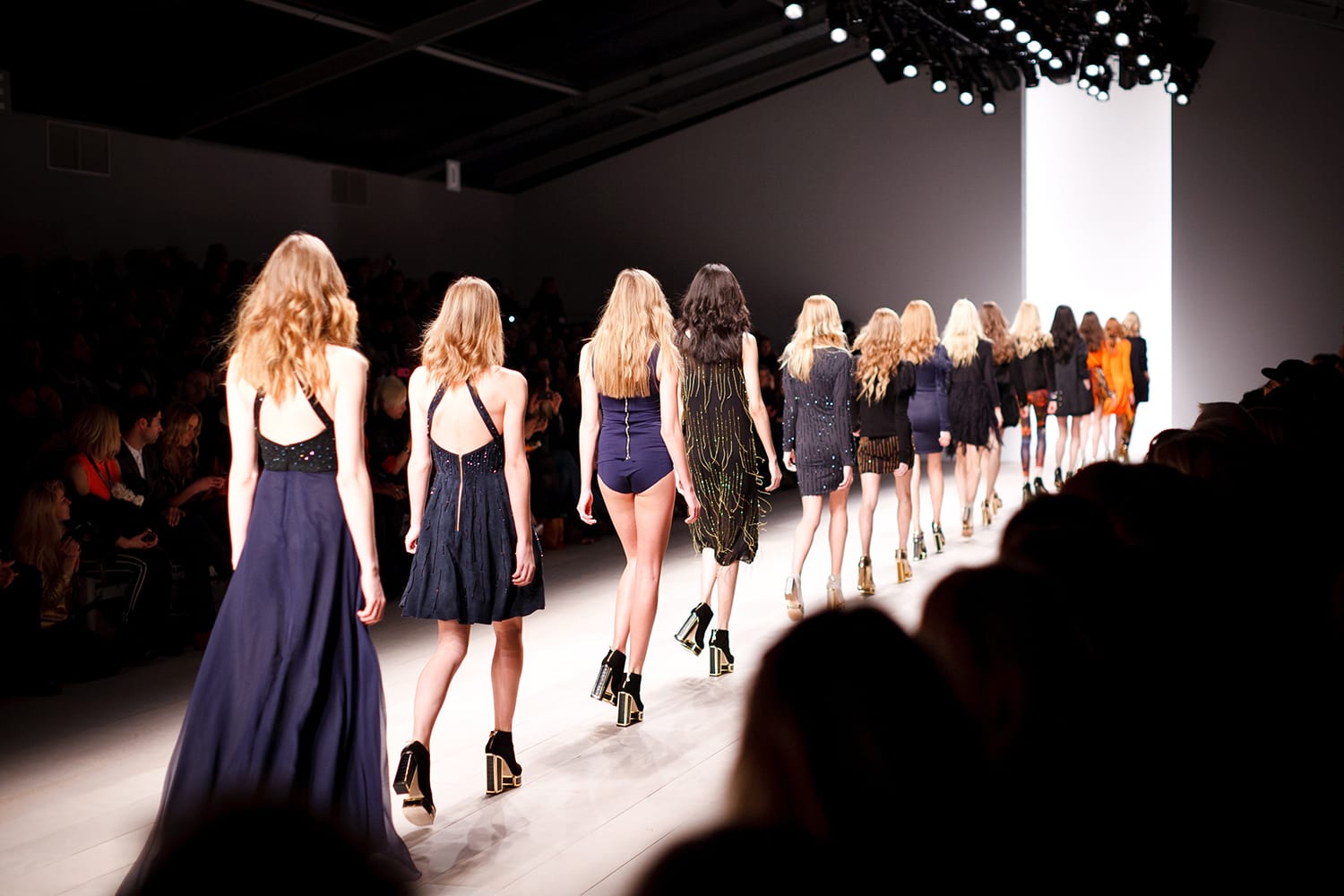
Your portfolio is what you will be presenting to editors in hopes of getting hired. One last thing to keep in mind is that you may not be the best match for every editor and they may not be the best match for you. That’s just the reality of the industry.
Practice, study other fashion photographers’ work, invest in the proper equipment, and create a portfolio showing off your skills. Becoming successful as a fashion photographer requires time, patience, practice, research, proper equipment, and knowledge. Invest in these things and create a brand for yourself and you too, could become a successful fashion photographer.
